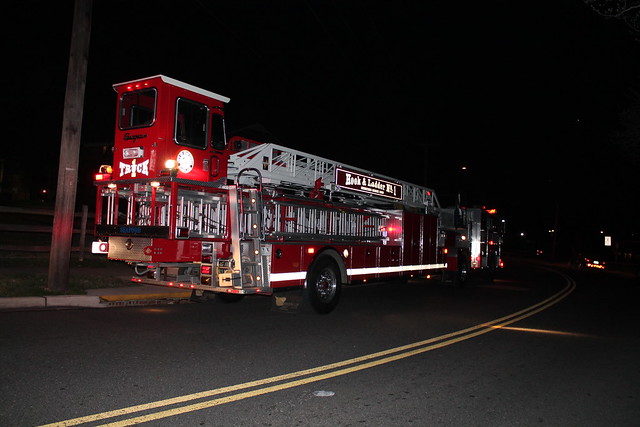Public Safety Grant News and Tips by Kurt Bradley, Certified Grants Consultant

In the current economic climate, Volunteer Fire Departments (VFDs) are besieged by budget and equipment problems. VFDs across the country are struggling to maintain adequate funding. While some are applying for grants to bridge shortfalls or procure needed equipment, their grant applications often miss the mark.
Taking the Time
Grant writing is not something to be undertaken with a hurried or rushed attitude. The vast majority of us do not devote ourselves to locating funding for our operational needs with the needed frequency to stay current or on top of the grants game. That being said, it should also be understood that, of all the fire departments nationwide, VFDs are probably some of the neediest in accessing and receiving federal grant funding.
Developing a successful grant requires effort, time and commitment. It is not something that can be done in a day or two. It requires a lot of research, gathering of statistical data and, above all, coordination of efforts within the agency and local government.
State Your Need and Know What the RFP Requests
All grant programs have stated goals and objectives that must be met. The grants are not there for a needy agency to simply say “I am poor, please give me money.” Most grants fail because the grant application was rushed, not properly thought out, poorly written and merely request funding without stating the proper justification for why the funding is needed. Yes, I know most of you are not English majors or literary geniuses. The simple fact is though that you do not have to be.
The RFPs (Requests For Proposals) clearly spells out the information needed, the type of programs or equipment that is eligible to be funded, and the order and type of information that should be presented. It’s the rule book for the game and everything you need to know about writing a winning application from that funding source is located right there in that document, if you know what you are reading.
The problem area that most of you run into is that you have not previously thought out exactly what it is that your agency needs most. This is why, in any successful grant strategy, a “needs assessment” is performed within your agency to determine what your most needy area is.
Use a TEAM Needs Assessment to Establish What to Request in a Grant
First and foremost you need to understand that there is a huge difference between a “need” and a “want”. This is where many heads are better than one. Get your organization together and brainstorm the issues and challenges your department faces, and what equipment or funding you need to deal with those problems.
As administrators within public safety agencies we tend to develop individual plans of what we perceive to be the most serious problems in our departments. We get tunnel vision, when in reality, the actual problem may be something that is staring us right in the face. By encouraging an open, roundtable discussion with your members, you will be surprised that what you may perceive as a problem, may not be the same as what the other members see.
This is why a discussion group is warranted to reach consensus on what issue to address and develop a plan of action to deal with the problem.
It is the collaboration of ideas that encourages and fosters a new approach and develops new and innovative methods to deal with these problems. Many eyes see many things. Use this to your advantage. At the end of a needs assessment exercise, you should have reached a consensus amongst your members as to what direction the department needs to proceed in, and formulated a plan to address these needs. Now you can focus everyone’s attention on the one goal.
Remember: a TEAM concept is what you are striving for here:
Together
Everyone
Accomplishes
Much
From TEAM to Interoperability
Now that you have done this within your VFD, expand this thinking and “TEAMwork” to your mutual aid departments surrounding you.
Why do this? Bear in mind that FEMA and DHS encourage “interoperability” among agencies, as in NIMS compliance.
Including interoperability in your grant applications will garner you much higher scores during review. So, encourage a roundtable discussion of what each department is applying for. This avoids duplication of effort, shows that what you are doing is in concert with the efforts of the mutual aid interests that you also serve. Protecting your turf is not a strategy that should be encouraged. Cooperative, coordinated effort is the ticket for the grants being offered in this day and age.
Developing a grants strategy and grants team is one way to maximize your efforts in planning, developing, applying for and receiving the grant funding you so desperately need to continue your missions. For VFDs, working as a TEAM both for a department’s members and for departments in an area or region, is a surefire way to produce stronger grant applications and get past budget shortfalls.
